Garage door sensors are designed with your safety in mind. They prevent your garage door from closing on people, pets, or objects that might be blocking its path. However, there are times when you may want to override this safety feature for various reasons.
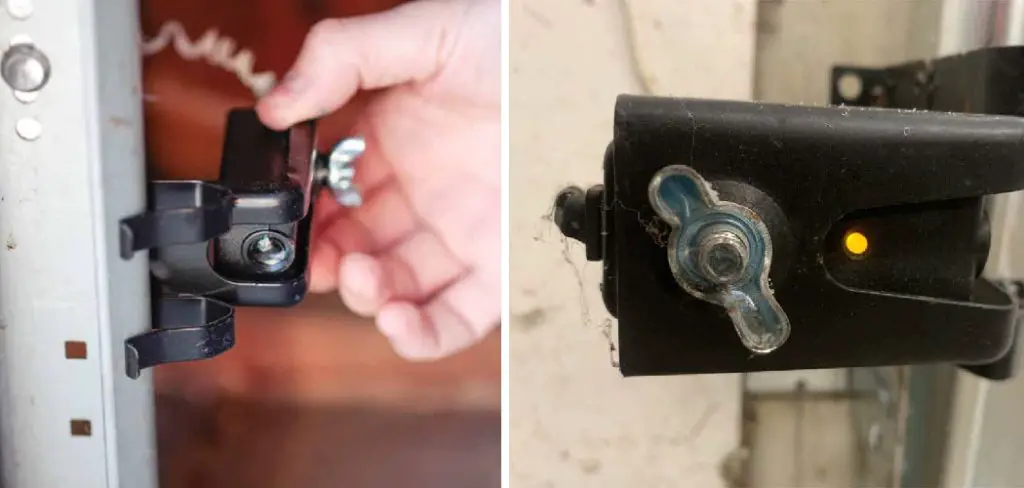
For instance, you might want to keep the garage door open when cleaning or unloading the car, or you might want to disable the sensors when your garage door is malfunctioning. In this blog post, we’ll show you various ways how to trick garage door sensors safely and effectively.
Needed Tools and Materials
Given below is a list of tools and materials that you will need in order to trick garage door sensors:
- Ladder
- Flashlight
- Electrical Tape
- Screwdriver
- Wire Cutters
- Insulated Pliers
- Multi-meter
11 Step-by-step Guidelines on How to Trick Garage Door Sensors
Step 1: Find the Location of the Sensor’s Led Light
The LED light is usually mounted on the sensor’s transmitter or receiver, depending on your garage door model. It indicates whether the sensors are working properly or not. Once you have located the LED light, it’s time to move on to the next step. It’s important to note that the LED light should be red when the sensors are not working properly. This will come in handy later on.
Step 2: Tape the Led Light With Masking Tape
The simplest way to disable your garage door sensors is by covering the LED light with masking tape. This will trick the sensors into thinking that there is an obstruction in the garage door’s path, preventing it from closing.
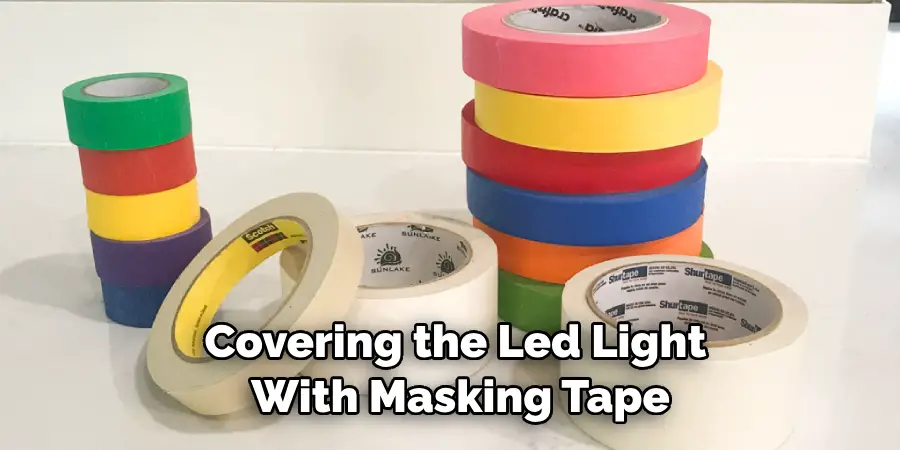
However, keep in mind that this method is not recommended for a long-term solution. It’s best to use it only temporarily when you need to keep the garage door open for a short period of time. But if you need to use it for an extended period, make sure to check the LED light regularly.
Step 3: Adjust Your Garage Door Sensors’ Alignment
If your garage door sensors are misaligned, they might not work correctly, preventing the garage door from closing or opening. To fix this, you need to adjust the sensors’ alignment by moving them slightly until the LED light turns on. You can use a level to ensure that they are at the correct angle.
It’s important to note that the sensors should not be too close or too far away from each other, as this could cause them to malfunction. But if you’re still having trouble with the alignment, it’s best to contact a professional garage door repair service.
Step 4: Clean Your Garage Door Sensors’ Lenses
Dirt, dust, and debris can accumulate on your garage door sensors’ lenses, preventing them from working correctly. You can clean them by wiping the lenses with a clean cloth or a mild detergent solution.
Be careful not to scratch the lenses. This will help restore the sensors’ functionality and improve their performance. It’s also important to make sure that the garage door sensors are not blocked by any objects before closing the garage door.
Step 5: Increase the Garage Door Sensors’ Sensitivity
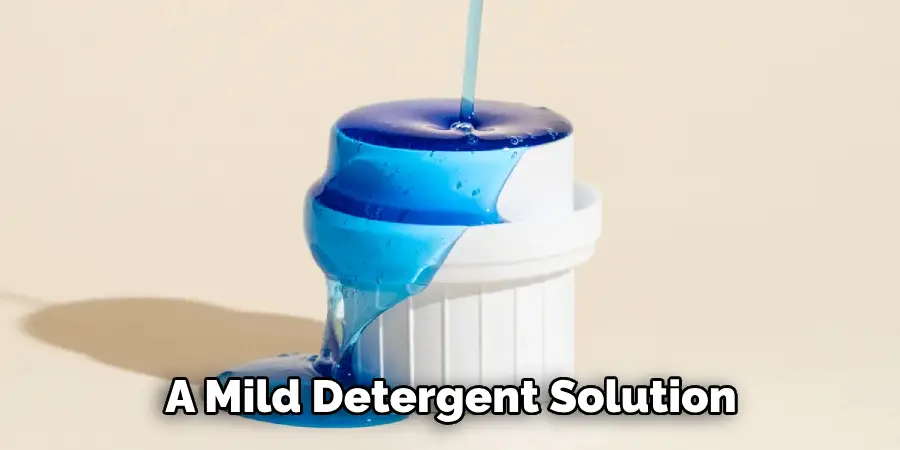
If your garage door sensors are too sensitive, they might detect obstructions when there are none, preventing the garage door from closing. You can increase the sensors’ sensitivity by adjusting the settings on your garage door opener’s control panel.
Consult your garage door opener’s manual for specific instructions. It’s important to note that you should only increase the sensitivity in small increments and test the sensors before closing the garage door.
Step 6: Disable the Power to Your Garage Door Sensors
If you want to disable your garage door sensors temporarily, you can unplug the power cord from the opener or the sensors’ power source. However, this method will prevent your garage door from working entirely.
It’s best to only use this method if you need to disable the sensors for a short period of time. Once you’re done, make sure to plug in the power cord and reset your garage door opener. This will help restore the sensors’ functionality.
Step 7: Use a Bypass Tool
A bypass tool allows you to bypass your garage door sensors’ safety feature by tricking the opener into thinking that the sensors are working correctly. This method is not recommended for people who are not trained in handling electrical equipment.
This tool is usually used by professional garage door technicians for troubleshooting purposes. If you choose to use a bypass tool, make sure t read the instructions carefully to avoid any accidents.
Step 8: Install a Jumper Wire
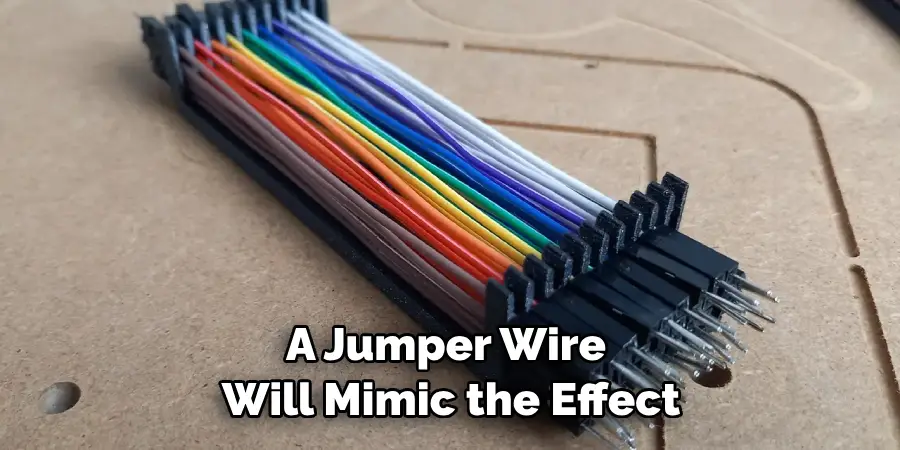
A jumper wire will mimic the effect of a closed sensor by connecting the two sensor wires together. You can do this by stripping the ends of the wires and connecting them together. This method should only be done by someone who has experience in electrical work. You can also buy a pre-made jumper wire from your local hardware store. This method is not recommended for long-term use, as it can damage the sensors.
Step 9: Install a Garage Door Sensor Bypass Switch
A garage door sensor bypass switch is a device that allows you to bypass your garage door sensors’ safety features with a flick of a switch. You can install it near your garage door opener’s control panel.
However, this method should only be done by someone who has experience in electrical work. It’s important to read the instructions carefully before installing the switch. This method is recommended for people who need to keep the garage door open for an extended period of time.
Step 10: Replace Your Garage Door Sensors
If your garage door sensors are malfunctioning or damaged, it’s best to replace them with new ones. You can purchase these from your local home improvement store or from authorized dealers. Make sure to choose the correct sensors that are compatible with your garage door model.
Otherwise, you might end up damaging the sensors or the opener. It’s best to leave the installation of the sensors to a professional technician. But if you decide to do it yourself, make sure to read the instructions carefully and follow all safety guidelines.
Step 11: Consult a Professional
If you’re unsure about how to trick your garage door sensors safely and effectively, it’s best to consult a professional garage door technician. They have the expertise to handle any garage door problem safely and efficiently. Always remember that safety should always be your top priority when dealing with garage door sensors.
Taking the wrong steps could result in serious injury or damage to your property. So, it’s best to leave it to professionals who know what they are doing. You can find a local garage door technician in your area by searching online or asking for recommendations from family and friends.
Following these steps on how to trick garage door sensors will help you trick your garage door sensors safely and effectively. If you’re still having trouble, it’s best to contact a professional for assistance.
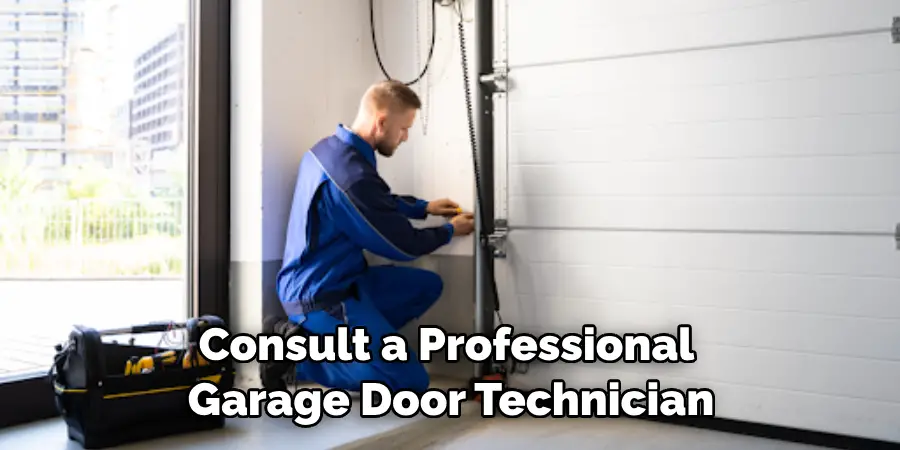
Remember to always be cautious when dealing with electrical equipment like garage door sensors. Taking the wrong steps could result in serious injury or damage to your property. So, take extra care when attempting any of these methods. Be sure to follow all safety guidelines and instructions for optimal results.
Frequently Asked Questions
Q: Can I Use a Bypass Tool to Trick My Garage Door Sensors?
A: It is not recommended to use a bypass tool unless you are trained in handling electrical equipment. It is safer and more effective to use the other methods mentioned in this blog post.
Q: How Often Should I Check My Garage Door Sensors?
A: You should check your garage door sensors periodically to make sure they are functioning properly. Make sure to check the alignment, clean the lenses, and increase the sensitivity if necessary. If your sensors are damaged or malfunctioning, you should replace them with new ones.
Q: Can I Trick My Garage Door Sensors Without Unplugging Them?
A: Yes, there are various ways how to trick your garage door sensors without unplugging them. You can tape the LED light with masking tape, adjust the sensors’ alignment, install a jumper wire, or install a bypass switch. Be sure to consult a professional if you are unsure about how to do these safely and effectively.
Q: What Should I Do if My Garage Door Sensors Won’t Close the Garage Door?
A: If your garage door sensors won’t close your garage door, make sure to check the alignment of the sensors and clean the lenses. You can also increase the sensitivity of your garage door opener’s control panel. If these steps don’t solve the problem, it is best to consult a professional garage door technician for assistance.
Conclusion
In conclusion on how to trick garage door sensors, garage door sensors are essential safety features that protect you and your loved ones from accidents or injuries. However, there are times when you may want to disable them temporarily, such as when cleaning or unloading the car.
If you want to trick your garage door sensors safely and effectively, follow the steps mentioned above. Always prioritize your safety and the safety of those around you. If you’re unsure about any of the steps, don’t hesitate to consult a professional garage door technician.
